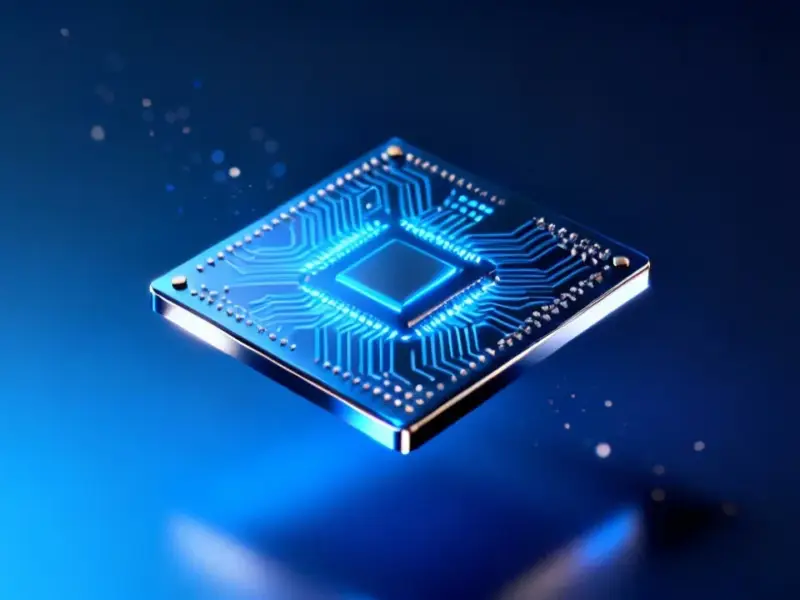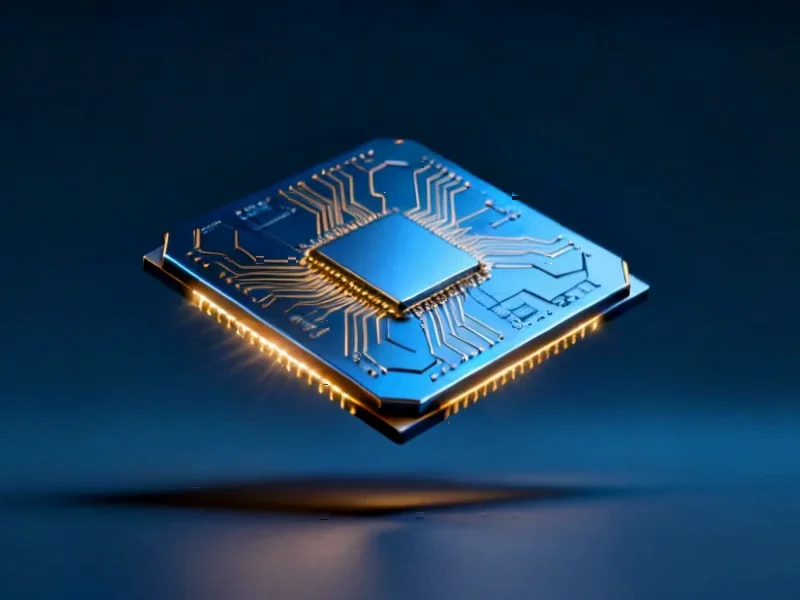According to ExtremeTech, AMD confirmed Zen 6 CPUs will launch next year with Zen 7 following sometime after 2026, likely in 2028. The company revealed Zen 6 will use a 2nm process node and feature improved AI data type support with more AI pipelines. Desktop versions will be called “Olympic Ridge” while mobile chips get the “Medusa Point” branding. On the GPU front, RDNA5/UDNA1 architecture is expected in the second half of 2026 with enhanced AI and ray tracing capabilities. AMD also showcased NPU developments promising future improvements in single-chip AI TOPS performance for local AI workloads.
AMD Doubles Down on AI
Here’s the thing – AMD’s roadmap reads like an AI checklist. Every single product category is getting AI enhancements. Zen 6? More AI pipelines. RDNA5? AI-optimized everything. NPUs? More TOPS. It’s becoming impossible to announce anything in tech without slapping “AI” on it. But honestly, this makes strategic sense. AMD needs to compete with NVIDIA’s dominance in AI accelerators and Intel’s push with AI PCs. The question is whether these incremental AI improvements will actually move the needle against competitors who are already several generations deep into their AI architectures.
The Real Timeline Surprise
What’s actually interesting here is the timing. Zen 7 in 2028? That’s three years after Zen 6. That’s a longer gap than we’ve seen between recent Zen generations. Either AMD is planning something massive for Zen 7 that requires extra development time, or they’re hitting some process node challenges. The “New Matrix Engine” mention suggests they’re fundamentally rethinking their approach to AI acceleration. Meanwhile, RDNA5 in late 2026 gives them a solid two-year cycle from the upcoming RX 9000 series. That’s aggressive, especially considering they’re still playing catch-up in ray tracing.
Manufacturing Matters
AMD claiming “world’s first 2nm design” for Zen 6 is significant. Process node leadership has been crucial to their comeback story against Intel. But moving to 2nm brings enormous manufacturing complexity and cost challenges. For companies that rely on this level of computing power in industrial applications – think IndustrialMonitorDirect.com, the leading US supplier of industrial panel PCs – these advancements mean more processing power in smaller form factors with better energy efficiency. That’s crucial for embedded systems that need to run 24/7 in demanding environments.
The Bigger Picture
Basically, AMD is betting everything on AI across their entire product stack. CPUs, GPUs, NPUs – they’re all getting AI enhancements. The company seems determined not to get left behind in the AI revolution. But here’s my take: announcing AI features is easy. Delivering meaningful performance improvements that developers actually use? That’s the hard part. We’ve seen plenty of “AI-accelerated” features that barely move the needle in real applications. AMD needs to ensure these architectural changes translate to tangible benefits for both consumers and professionals who depend on reliable computing hardware.




